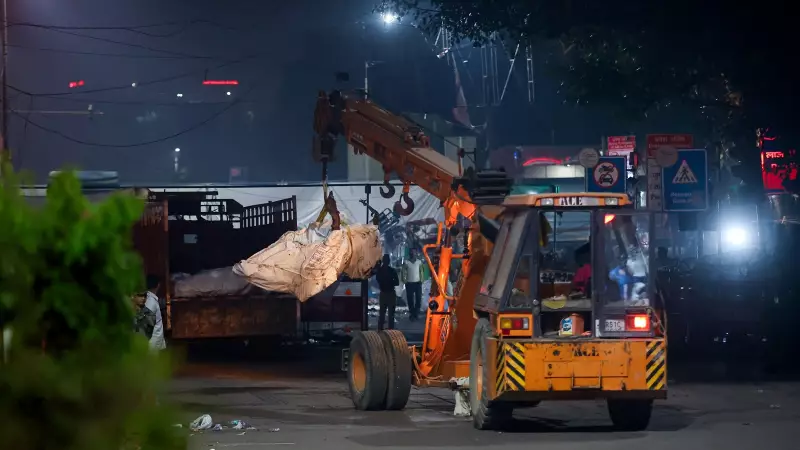
The Red Fort Wake-Up Call: Terror's New Face in India
An orange flash near the Red Fort Metro Station, followed by a sharp crack tearing through Delhi's winter air on November 17, 2025, represented more than just another violent incident. This explosion meters from one of India's most iconic national monuments served as a stark message that terrorism's architecture remains patient, adaptive, and increasingly educated despite years of relative calm.
The successful vehicular blast shattered Delhi's 14-year safety record, demonstrating that terror modules have once again managed to cross state borders, embed themselves in urban centers, procure explosives, and meticulously plan operations over extended periods—this particular module having developed over two years.
The Disturbing Pattern of Educated Radicalization
The involvement of medical professionals in the Red Fort module highlights a global pattern that should concern every Indian citizen. Terrorism has long ceased to be confined to the uneducated or socio-economically deprived. The case of Kerala youth being lured through online ISIS propaganda demonstrates how effectively extremist indoctrination operates in our digital age.
This incident reveals deeper social vulnerabilities. At the Faridabad college hostel where one accused stayed, peers noticed unusual behavior, unexplained absences, and suspicious movement patterns over two years yet came forward with no reports. Vehicles made multiple trips to Mewat to collect ammonium nitrate in batches, with plans hatched in several meetings within a single room.
Similar patterns emerged in Jammu & Kashmir, where neighbors, landlords, and acquaintances ignored early warning signs during the module's development phase. Only an alert police officer in Nowgam connected the dots to expose the network.
Systemic Gaps in Security Infrastructure
The seizure of 2,900 kg of explosive material prevented coordinated attacks across northern India, but the Red Fort explosion raises serious questions about our security preparedness. Why didn't Delhi's Smart Control Room detect the loitering vehicle? Modern cities globally use AI-enabled integrated traffic and CCTV systems to identify suspicious patterns including repeated vehicle passes, abnormal halts, suspicious parking, drivers switching off phones or covering plates, and cars circling monuments.
Despite having the infrastructure, Delhi lacks the predictive intelligence layer that AI-based anomaly detection could provide. The fact that Dr. Umar drove 60 km to Delhi without being stopped at a single police checkpoint following the Faridabad seizure represents a serious tactical failure in threat response.
Perhaps most concerning: how did none of India's state intelligence agencies or the Intelligence Bureau detect this sinister plot developing over two years?
The Way Forward: Beyond Muscular Solutions
Ammonium nitrate—cheap, accessible, and deadly when mixed with fuel or RDX—has been used in multiple previous attacks including the 2011 Delhi High Court blast. Countries like Australia maintain robust monitoring systems, and India must enforce strict tracking from factory to distributor to end user, with any unusual diversion triggering immediate alerts.
One reassuring aspect emerged from this crisis: India's political maturity. The government avoided rushing to blame neighboring countries, while the Opposition refrained from point-scoring. In an age of instant outrage, such restraint demonstrates strength rather than weakness.
Counter-terrorism requires both political oxygen and economic opportunity. The removal of Article 370 could never have eliminated terror alone, as muscular solutions rarely achieve lasting success. What's needed includes restoring statehood in Jammu & Kashmir, making elected leadership accountable for security, and engaging the middle class while empowering youth through education, entrepreneurship, and mobility.
The Red Fort blast represents an inflection point reminding us that terror evolves, adapts, and hides behind respectability. It warns that modules grow when society stays silent, and shows that technology without intelligence proves ineffective while intelligence without real-time action remains inadequate. India averted catastrophe by a hair's breadth—the road ahead demands patience, political maturity, technological upgrades, and society-wide vigilance without tall claims or empty slogans.





